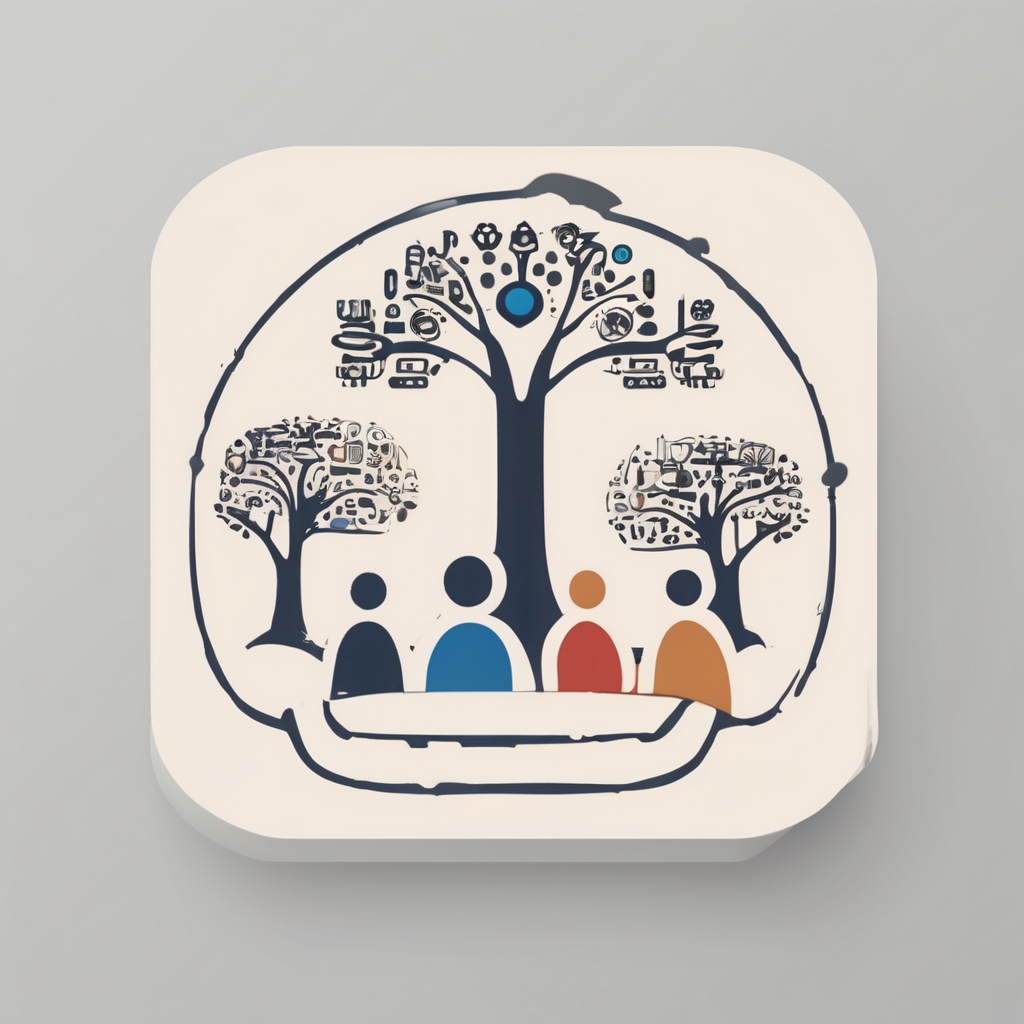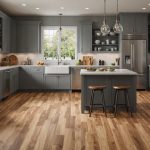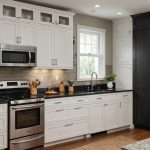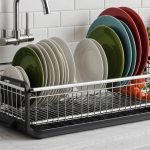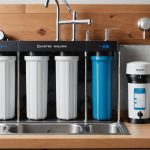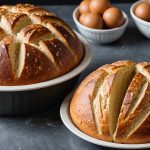Maximizing Revenue: How Menu Engineering Drives Success in Themed Restaurants
When it comes to running a successful themed restaurant, there are several key factors to consider, but one of the most critical is the art of menu engineering. This strategic approach can significantly impact your restaurant's revenue, customer satisfaction, and overall profitability. Here’s a deep dive into how menu engineering can be your secret sauce to success.
Understanding Menu Engineering
Menu engineering is more than just listing out your dishes and their prices; it's a science that combines data analysis, customer psychology, and creative design to optimize your menu for maximum revenue and customer satisfaction.
Also to see : Key Steps for Restaurants to Master Food Traceability Compliance
"Menu engineering is a strategic approach that restaurants use to optimize their menus for profitability and customer satisfaction. It involves analyzing the performance of menu items based on their popularity and profitability," explains Peter Kambitsis, an entrepreneur in the restaurant industry.
To start, you need to understand the core components of menu engineering:
Topic to read : Transforming café orders: cutting-edge tech innovations for an effortless experience
Analyzing Menu Item Performance
The first step in menu engineering is to analyze the performance of each item on your menu. This involves categorizing items into four quadrants based on their popularity (sales volume) and profitability (contribution margin):
- Stars: High-popularity and high-profitability items that should be promoted.
- Plowhorses: High-popularity but low-profitability items that may need re-evaluation in terms of pricing or portion sizes.
- Puzzles: Low-popularity but high-profitability items that could benefit from better marketing or repositioning on the menu.
- Dogs: Low-popularity and low-profitability items that may need to be removed from the menu altogether.
Here’s an example of how you might categorize your menu items using a grid:
| High Profitability | Low Profitability | |
|---|---|---|
| High Popularity | Stars | Plowhorses |
| Low Popularity | Puzzles | Dogs |
Pricing Strategies
Effective pricing is another vital aspect of menu engineering. Prices should reflect not only food costs but also perceived value and market trends. Here are some pricing strategies to consider:
- Psychological Pricing: Setting prices just below whole numbers (e.g., $9.99 instead of $10) can make items appear more affordable.
- Price Anchoring: Including higher-priced items on the menu to make other items seem more reasonably priced.
- Removing Currency Signs: Omitting dollar signs or using prices written out in letters can increase spending by up to 30% and 15%, respectively.
Designing Your Menu for Success
The design and layout of your menu are crucial in guiding customers through their choices and maximizing sales.
Menu Psychology
Menu psychology involves understanding how the layout, design, and wording of your menu can influence customer choices. Here are some key points to consider:
- Visual Cues: Placing high-margin items at the top or bottom of the menu, or in the upper right corner, can increase their visibility and sales.
- Font Size and Color: Using larger fonts and strategic color schemes can draw attention to key items.
- Descriptive Language: Using vivid and appealing descriptions can enhance the perceived value of dishes.
Limiting Menu Items
Keeping your menu concise is essential for improving customer decision-making and experience. Here are some tips:
- Miller’s Law: Limit your menu categories to 5 to 7 to strike a balance between variety and simplicity.
- Clear Sections: Organize your menu into clear groups like appetizers, entrees, and desserts to make it easy for customers to find what they want.
Creating an Engaging Menu Design
A well-designed menu is not just about listing items; it's about creating an engaging dining experience.
Brand Alignment
Ensure your menu design reflects your restaurant’s brand and theme. Here’s how:
- Use Consistent Colors: Match your menu colors with your restaurant’s branding to maintain consistency.
- Include Your Logo: Add your restaurant logo to the menu to reinforce your brand identity.
Visual Appeal
High-quality photos and strategic use of color can significantly enhance the visual appeal of your menu:
- High-Quality Photos: Use clear, appetizing photos for online menus and consider the pros and cons of using photos on physical menus.
- Color Theory: Choose colors that align with your restaurant’s theme and influence customer choices.
Practical Tips for Implementing Menu Engineering
Here are some practical tips to help you implement menu engineering effectively:
Test and Refine
- Customer Feedback: Test your menu designs and items, and don’t discount customer feedback. If customers are clamoring for a particular item, consider adding it to your menu.
- Sales Data: Regularly review sales data to identify trends and make data-driven decisions about your menu items.
Cross-Selling and Modifiers
- Menu Modifiers: Incorporate cross-selling tools and menu modifiers to increase revenue and the average check size. For example, suggest adding a beverage to an order.
- Social Media Promotions: Use social media to promote less popular but profitable items. Ask servers to highlight these items to customers.
Seasonal Adjustments
- Seasonal Ingredients: Incorporate seasonal ingredients to provide fresher options at lower costs and appeal to diners looking for variety.
- Culinary Trends: Stay abreast of culinary trends, such as plant-based diets or sustainability practices, to attract new clientele and retain existing customers.
Real-World Examples and Success Stories
To illustrate the effectiveness of menu engineering, let’s look at a few real-world examples:
Case Study: Fine Dining Restaurant
A fine dining restaurant noticed that their high-profitability items were not selling as well as they expected. Through menu engineering, they repositioned these items to the top and bottom of the menu and used larger fonts to draw attention. They also removed currency signs from the prices and used descriptive language to enhance the perceived value of the dishes. As a result, they saw a significant increase in sales of these high-margin items.
Case Study: Casual Dining Restaurant
A casual dining restaurant was struggling with long decision times for customers. By limiting their menu categories to 5 main sections and using clear, easy-to-read fonts, they reduced decision fatigue and improved customer satisfaction. They also incorporated cross-selling tools, such as suggesting a side dish with every main course, which increased the average check size.: The Bottom Line on Menu Engineering
In conclusion, effective menu engineering is crucial for any restaurant aiming for long-term success. By understanding customer psychology, analyzing item performance, employing strategic pricing methods, designing an engaging layout, and adapting to seasonal trends, restaurants can maximize both customer satisfaction and revenue.
Here are some key takeaways to remember:
- Analyze Menu Items: Regularly review the performance of your menu items based on popularity and profitability.
- Design Strategically: Use visual cues, font sizes, and color schemes to guide customers to high-margin items.
- Keep it Concise: Limit your menu categories to improve customer decision-making.
- Align with Branding: Ensure your menu design reflects your restaurant’s brand and theme.
- Test and Refine: Continuously test and refine your menu based on customer feedback and sales data.
By applying these principles, you can create a menu that not only delights your customers but also drives significant revenue and profitability for your restaurant.
Frequently Asked Questions
How do you write a good restaurant menu?
To write a good restaurant menu, follow these key suggestions:
- List Menu Items: Compile a full list of the dishes and beverages you plan to include.
- Set Pricing: Decide on menu pricing for each item based on food costs and profitability.
- Write Descriptions: Create concise, enticing descriptions for each dish.
- Choose Fonts and Layout: Select appropriate fonts, spacing, and layout to ensure readability.
- Select Colors: Choose colors that align with your restaurant’s branding.
- Add Allergen Information: Clearly mark dishes that contain allergens to accommodate dietary restrictions.
What to include in a restaurant menu?
When designing the perfect menu for your restaurant, it’s essential to focus on key elements that enhance both functionality and branding. Here’s what to include:
- Concise Descriptions: Write short, enticing menu descriptions for each dish.
- Organized Menu Categories: Structure the sections of a restaurant menu into clear groups.
- Branding: Use your restaurant logo and a matching color palette.
- Legible Font: Ensure the fonts are clear and easy to read.
- Contact Information: Include essential details like address, phone number, and social media links.
- Dietary Sections: Offer specialized sections for allergens or dietary preferences.
By following these guidelines and incorporating the principles of menu engineering, you can create a menu that is both profitable and appealing to your customers, ultimately driving the success of your themed restaurant.
